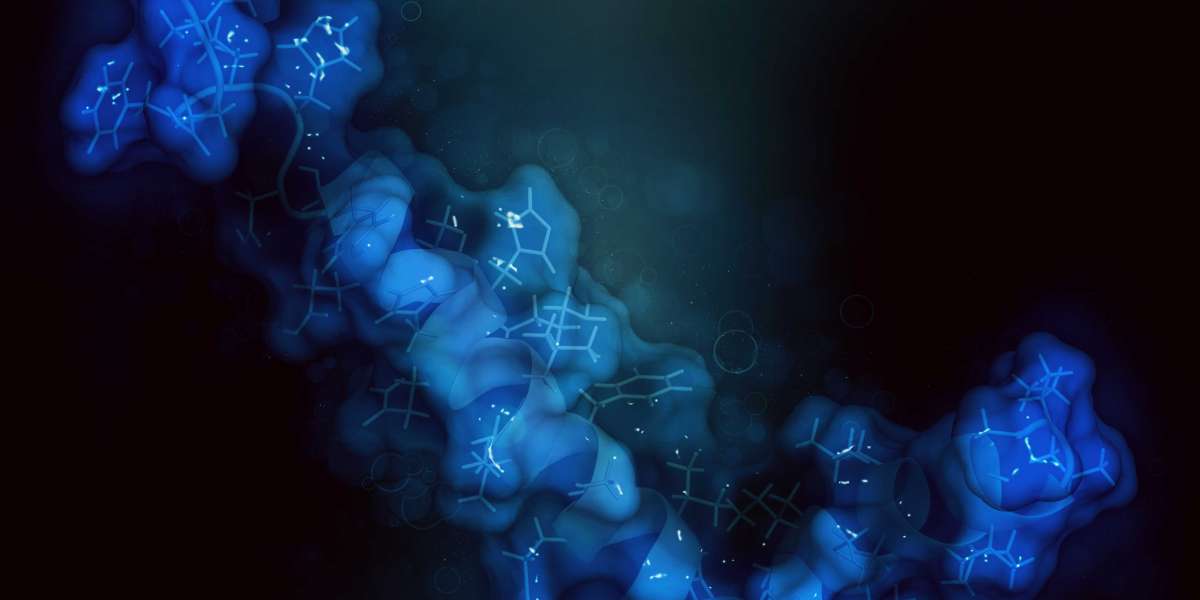Tissue microarrays (TMAs) are a significant advancement in the field of histopathology, allowing for the concurrent analysis of numerous tissue samples on a single slide. This innovative technique has transformed how scientists and clinicians study diseases, especially cancer, by enabling more efficient and comprehensive analyses of tissue specimens.
History of Tissue Microarrays
The concept of tissue microarrays was first introduced in 1986 by Dr. H. Battifora with the creation of the “multitumor (sausage) tissue block.” This method was further refined in 1990 with the development of the “checkerboard tissue block.” However, the modern TMA technique was established in 1998 by J. Kononen and his team, who effectively implemented a novel sampling approach that facilitated the dense and precise arrangement of regularly sized tissue cores.
The Procedure
The TMA technique involves several meticulous steps:
- Tissue Sampling: A hollow needle is used to extract small cores (approximately 0.6 mm in diameter) from regions of interest in paraffin-embedded tissues, such as biopsies or tumor specimens.
- Block Preparation: These cores are placed into a recipient paraffin block in a specific array pattern.
- Sectioning: The block is sliced into 100 to 500 sections using a microtome. Each section can then be mounted on microscope slides for further analysis.
This method allows for multiple tests to be performed on different sections of the same tissue samples, thus minimizing variability in experimental conditions.
Applications in Research
Tissue microarrays have become a preferred tool for studying and validating cancer biomarkers across diverse cancer patient cohorts. Their ability to assemble a large number of representative cancer samples alongside corresponding clinical databases allows researchers to explore connections between protein expression patterns and clinical outcomes.
Key areas of application include:
- Immunohistochemistry: By staining tissue microarray sections with uniform protocols, researchers can minimize experimental variability.
- Biomarker Discovery: TMAs provide a robust resource for the study of diagnostic, prognostic, and treatment predictive biomarkers in various cancers, including lung, breast, and colorectal cancer.
- Proteomics: Researchers have successfully employed TMAs to create comprehensive maps of protein expression, which can have broad implications for understanding disease processes.
Conclusion
Tissue microarrays stand out as a powerful methodology that enhances the potential for high-throughput molecular profiling and biomarker research. The ability to conduct multiplex histological analyses not only improves efficiency but also fosters a deeper understanding of the molecular underpinnings of cancer and other diseases. As research continues to evolve, TMAs are likely to play a crucial role in personalized medicine, offering insights that can guide tailored therapeutic strategies for patients.








